Vanya Slavchevska, Susan Kaaria, Erdgin Mane, Riccardo Ciacci and Sanna Taivalmaa
Migration has risen to the top of the international development agenda, in part triggered by the higher visibility of international migrants and refugees’ perilous journeys to Europe and North America. In 2017 there were 258 million international migrants, up from 220 million in 2010 and 173 million in 2000 (UN DESA, 2017). Additionally, internal migration, generally from rural to urban and peri-urban areas, is a much larger phenomenon. In 2005, there were more internal migrants in Asia alone, at 282 million, than international migrants in the entire world, at 191 million (UN DESA, 2013). The limited evidence we have also suggests that migration originating from rural areas is predominantly male (Mueller, Kovarik, Sproule, & Quisumbing, 2015). However, statistical data on rural male out-migration – its trends, drivers and consequences including on rural areas and agricultural production – are surprisingly scarce.
There is even less evidence on how the rural areas are changing as men move out of agriculture, and in many developing countries, as women stay (or move out significantly more slowly). As men in prime working-age leave rural areas, what are the consequences on the women, children and elderly who stay behind? As their partners emigrate, are women seeing their roles and responsibilities in agriculture and in the household expand? Is male out-migration associated with higher women’s empowerment including increased decision-making in production decisions and access to and control of resources? Or is it the exact opposite – is migration exacerbating the existing gender inequalities with women becoming more dependent on their migrant husbands for support and men migrants cementing their roles as main providers for the household? These are some of the issues that this paper aims to highlight.
What are the channels through which male out-migration affects women’s role in agriculture?
There are two main channels through which male out-migration can affect women’s role and empowerment in Agriculture: Firstly, in response to the absent male migrant labour, women may have to increase their labour allocation to the family farm, to keep agricultural production at the same level. Alternatively, migrant households may choose to reduce agricultural production. Secondly, remittances may have a separate effect on women’s labour supply. They may raise the women’s reservation wages resulting in reduced time in remunerated employment or they may relax constraints for family farming making it more attractive than other paid or unpaid activities.
Less attention has been paid to the fact that migration can also alter intra-household decision-making processes. In the absence of their migrant husbands, women may increase their roles in decision-making around a range of household and farm activities. Their control and management of household resources, including remittances, may also increase. Particularly concerning for women’s welfare is unsuccessful migration, where the migrant is unable to send adequate remittances back home. In such cases women will likely experience disempowerment as they have to deal with the financial consequences of the migration and may actually see their work burden and their vulnerability to poverty increase.
While these issues may be difficult to assess without panel data, some indications can be gathered from comparing women and men in migrant household with those in non-migrants households. In this regard, in 2017, FAO in collaboration with the World Bank, IFPRI-PIM and IFAD, carried out a study to shed light on the consequences of male out-migration on women’s work and empowerment in Agriculture, in Nepal. The study uses the abbreviated Women’s Empowerment in Agriculture Index (A-WEAI) survey tool to collect detailed information on migration of household members, remittances, employment of all household members, agricultural production, and intra-household decision-making.
What are consequences of male out-migration on women’s work
Women do not reduce labour market participation in response to the migration of their partners: In the survey we collected information for all economic activities of the adult population. Almost all economically active men and women report farming as one of their economic activities. We find that women and men in migrant households are just as likely to be economically active as men and women in non-migrant households. So in contrast to previous studies we find no evidence that women reduce labour market participation in response to the migration of their partners or other family members.
Women in migrant households are classified as self-employed: In the study, we differentiate between self-employment in farming and contributing family worker. We find that about 35% of women in migrant households are classified as self-employed compared to 21% of women in non-migrant households. Thus, women in migrant households are significantly more likely to be identified as self-employed and less likely to be seen as contributing family workers compared to women in non-migrant households.
Is migration associated with changes in women’s empowerment?
Women in migrant households have lower control over non-agricultural income, as they are also less likely to engage in off-farm employment. Whether this is a source of empowerment or disempowerment depends on the quality of the off-farm employment, which appears to be largely seasonal, casual or temporary and continues to be concentrated in the agricultural sector and is not, therefore, any better than family farming.
Women in migrant households are not more empowered than women in migrant households: We find some but not many differences in empowerment between women in migrant and non-migrant households. In fact, women in non-migrant households participate in the decision-making over more activities than women in migrant households. Our results show that in terms of other aspects of empowerment, women in migrant and non-migrant households are rather similar. They have similar control over agricultural income, similar access to assets, and equal probability of participating in local groups (such as agricultural, microfinance or other self-help groups).
Women in migrant and non-migrant households are equally constrained access to and control over resources and equally over-burdened: Compared to men in non-migrant households, all women are significantly disadvantaged. Women in migrant households continue to have lower access to land compared to men. Only one-third of women own land compared to 64% of men. Moreover, only about one third of men report working more than 10.5 hours a day compared to more than half of all women.
What can we conclude?
While still very preliminary, the findings from the Nepal study show small or no differences in empowerment between women in migrant and non-migrant households. However, what is worrisome is that although women in migrant households are more likely to be seen as self-employed in agriculture rather than contributing family workers, they still face significant disadvantages in the control and access to productive resources and assets, including land. They also face significantly greater workloads than men and continue to be primarily responsible for the care work in the household.
Policies and programs need to better address these constraints and to provide adequate support for the increasing number of women as primary or sole farmers.
References:
Mueller, V., Kovarik, C., Sproule, K., & Quisumbing, A. (2015). Migration, Gender, and farming Systems in Asia: Evidence, Data, and Knowledge gaps. IFPRI Discussion Paper 01458.
UN DESA. 2013. Cross-national comparisons of internal migration: An update on global patterns and trends. Technical Paper No. 2013/1. (http://www.un.org/en/development/desa/population/publications/pdf/technical/TP2013-1.pdf)
UN DESA. 2017. The International Migration Report 2017. http://www.un.org/en/development/desa/population/migration/publications/migrationreport/docs/MigrationReport2017_Highlights.pdf


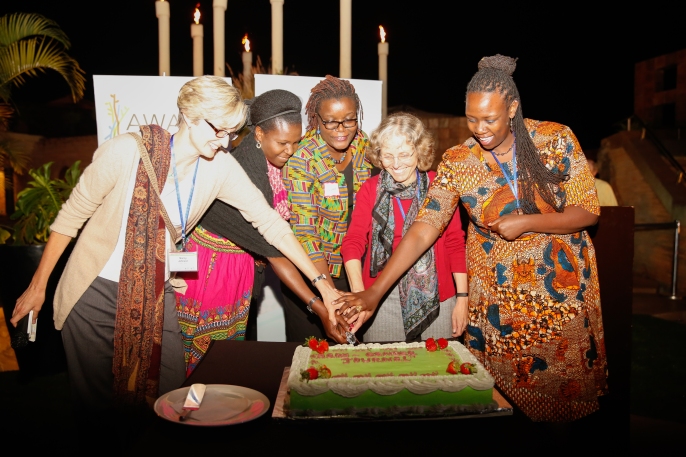
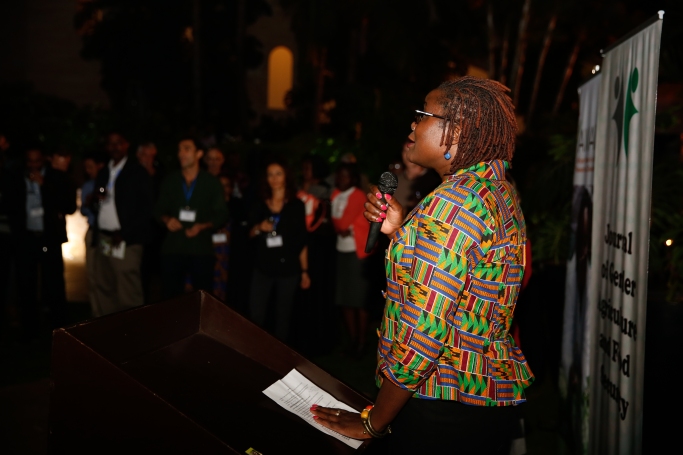
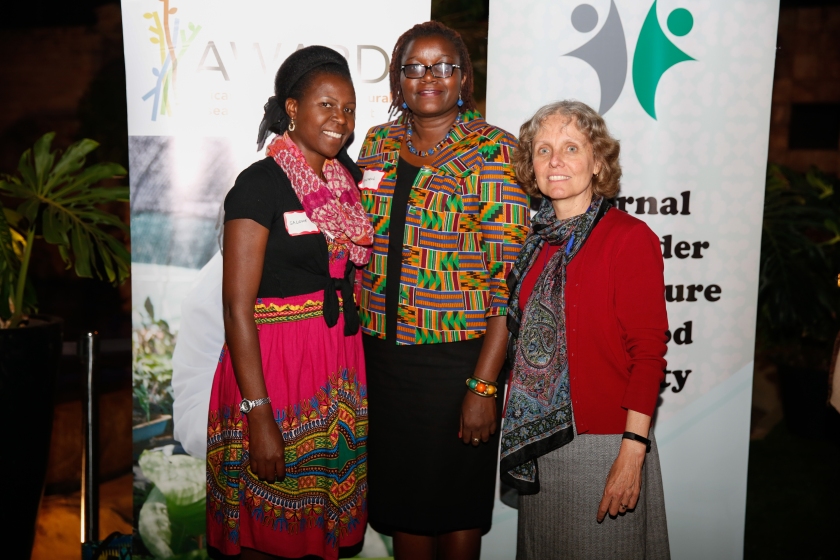
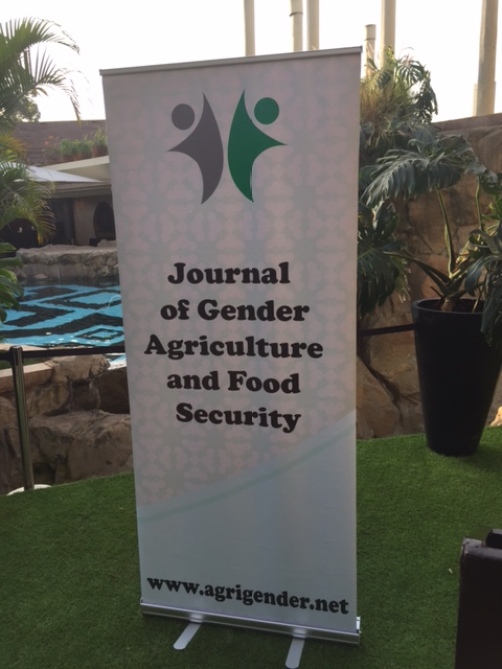








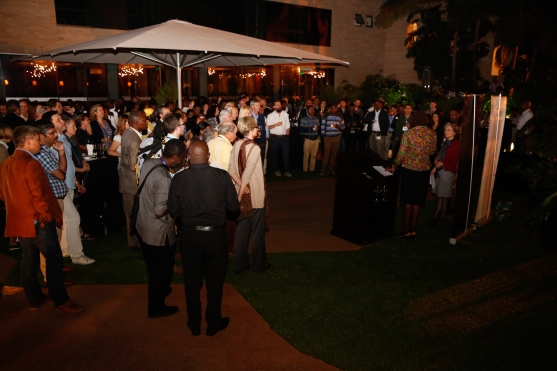


 In October 2016, 50 women from Sub-Saharan Africa climbed to the top of Mount Kilimanjaro as part of the Kilimanjaro Initiative Women’s Land Rights Campaign. Their objective was to lobby leaders to address challenges faced by African women in accessing land. In many sub-Saharan African countries, legal provisions supporting gender equality in land ownership and control have not led to women de facto enjoying secure and equal rights to land. Although women contribute substantially to the agriculture labour force, in many instances social norms discriminate against women’s ownership to land. In practice, this means that women rarely have decision-making power over land, with their rights heavily dependent on relations with their husbands or male relatives.
In October 2016, 50 women from Sub-Saharan Africa climbed to the top of Mount Kilimanjaro as part of the Kilimanjaro Initiative Women’s Land Rights Campaign. Their objective was to lobby leaders to address challenges faced by African women in accessing land. In many sub-Saharan African countries, legal provisions supporting gender equality in land ownership and control have not led to women de facto enjoying secure and equal rights to land. Although women contribute substantially to the agriculture labour force, in many instances social norms discriminate against women’s ownership to land. In practice, this means that women rarely have decision-making power over land, with their rights heavily dependent on relations with their husbands or male relatives. The current issue of the Journal of Gender, Agriculture and Food Security focuses on the intersection of gender, agricultural productivity, value chains and nutrition and contains papers from research carried out across the globe including in Cameroon, the Himalayas, Ethiopia, India and Malawi.
The current issue of the Journal of Gender, Agriculture and Food Security focuses on the intersection of gender, agricultural productivity, value chains and nutrition and contains papers from research carried out across the globe including in Cameroon, the Himalayas, Ethiopia, India and Malawi.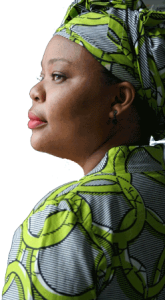 Below is an updated list from AfterschoolAfrica, of scholarships (undergraduate, Masters, MBA and PhD) that are open for women from African and developing countries. Some of these scholarships are for international students but are also open for the said demography.
Below is an updated list from AfterschoolAfrica, of scholarships (undergraduate, Masters, MBA and PhD) that are open for women from African and developing countries. Some of these scholarships are for international students but are also open for the said demography.